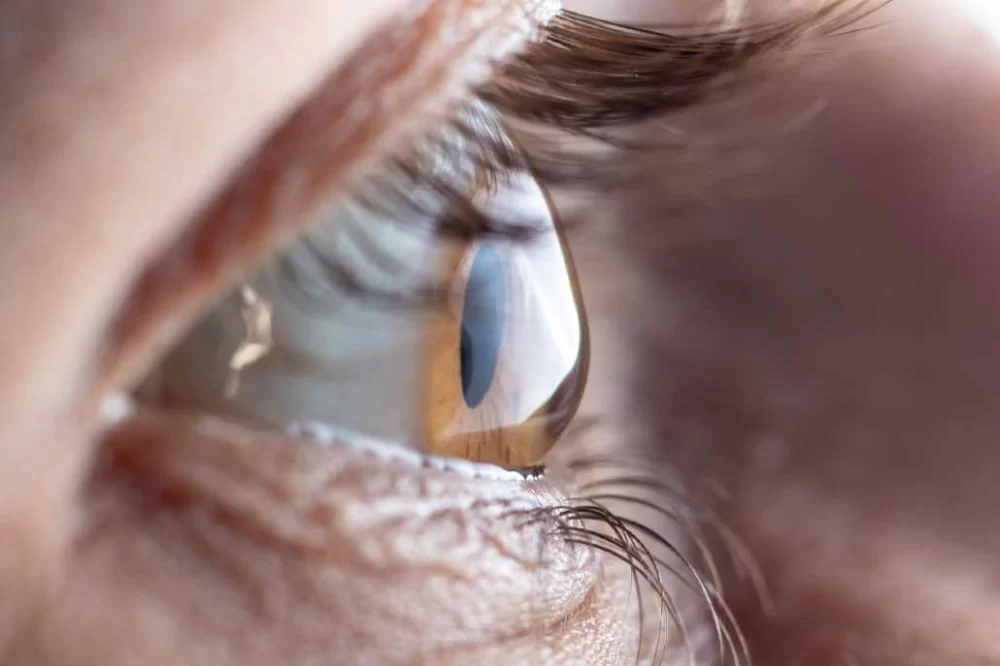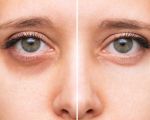
How I Overcame Astigmatism and Improved My Vision
When I first began to notice blurry vision, I didn’t think much of it. Like many people, I assumed it was just a normal part of aging or perhaps a sign I needed glasses. However, after visiting my eye doctor, I learned that I had astigmatism. At first, I didn’t know what that meant, but as I began to understand the condition more, I realized how common and treatable it is. In this article, I’ll share my journey of understanding and managing astigmatism, and how I found the best solution to improve my vision.
What is Astigmatism?
Astigmatism is a common refractive error in the eye, meaning that the shape of the cornea (the clear front surface of the eye) or the lens inside the eye is irregular. Instead of being shaped like a perfect sphere, it’s more like a football. This irregular shape causes light to focus on multiple points on the retina, leading to blurred or distorted vision.
For a long time, I didn’t realize that this condition could affect my vision to such an extent. I thought I was just tired or needed a break from screen time, but when I learned about astigmatism, it all made sense. As soon as I understood what was happening with my eyes, I felt much more confident in finding a solution.
Causes and Risk Factors of Astigmatism
Astigmatism can be caused by several factors. In my case, it was genetic — my parents both wore glasses and had some degree of astigmatism themselves. However, there are other factors that can contribute to the development of this condition:
- Genetics: As I mentioned, astigmatism often runs in families, so if your parents have it, you may be more likely to have it as well.
- Eye Injury or Surgery: Sometimes, eye trauma or surgery can cause the cornea to become misshapen, leading to astigmatism.
- Certain Conditions: Other conditions, such as keratoconus (a progressive thinning of the cornea), can also cause astigmatism.
Recognizing the Symptoms of Astigmatism
The symptoms of astigmatism are often subtle, which is why many people don’t realize they have it until they see an eye doctor. Here are the common signs that I experienced and that others may encounter:
- Blurry or Distorted Vision: One of the primary symptoms of astigmatism is blurry vision, both up close and at a distance. I noticed that things were constantly out of focus, whether I was reading a book or watching TV.
- Eye Strain or Discomfort: The effort of focusing can cause eye strain, which can lead to headaches. I found myself frequently rubbing my eyes or feeling like I couldn’t focus properly.
- Difficulty Seeing at Night: Astigmatism often becomes more pronounced in low-light conditions, which can make driving at night or seeing clearly in dimly lit environments more challenging.
- Squinting: I noticed myself squinting to try to bring things into focus, which is a common reaction to astigmatism.
If you experience any of these symptoms, it’s a good idea to schedule an eye exam. I wish I had gone sooner, but once I had my diagnosis, it felt like a relief to finally understand what was going on with my eyes.
Treatment Options for Astigmatism
When I was diagnosed with astigmatism, my doctor explained that there are several ways to treat the condition. The right treatment depends on the severity of the astigmatism and the individual’s lifestyle. Here are the options I considered:
1. Glasses
For many people with astigmatism, glasses are the first line of treatment. They correct the way light enters the eye, allowing you to see more clearly. I was prescribed a pair of glasses specifically for astigmatism, and they made a world of difference! I could finally see things in sharp focus, and my headaches went away.
2. Contact Lenses
Contact lenses are another option for people with astigmatism. They sit directly on the eye, providing a wider field of vision than glasses. I opted for toric lenses, which are specially designed to correct astigmatism. While it took a little getting used to, I found that contact lenses worked well for me. They also provided a more natural field of vision, which I appreciated.
3. Laser Surgery
If you’re looking for a more permanent solution, laser eye surgery, such as LASIK or PRK, can help reshape the cornea to correct astigmatism. I considered this option but decided to wait. My doctor explained that I should be sure my prescription has stabilized before moving forward with surgery. However, for many people, surgery is an excellent way to correct astigmatism and reduce their dependency on glasses or contacts.
4. Astigmatism Surgery
For more severe cases of astigmatism or those who cannot benefit from LASIK, other surgical procedures may be recommended. These can involve incisions in the cornea to reshape it. I’ve known people who underwent this surgery and saw great results, but it’s essential to discuss all options with an eye care professional before making a decision.
Living with Astigmatism: My Personal Journey
Living with astigmatism has been a learning experience for me. Initially, I struggled with the frustration of blurry vision, but over time, I learned to embrace my treatment options and took steps to improve my eye health. I’ve also realized that, just like with any other condition, managing astigmatism requires regular eye checkups. It's important to stay on top of any changes in my vision, so I continue to visit my eye doctor for routine exams.
It’s also helpful to be mindful of how lifestyle factors can affect my eyes. Maintaining a healthy diet, staying hydrated, and protecting my eyes from the sun are all small steps that have made a big difference in my overall eye health.
If you’re dealing with astigmatism, I encourage you to consult with a professional to explore the best treatment options for you. With the right care, it’s possible to live without the frustration of blurry or distorted vision. And if you’re looking for expert eye care, I highly recommend visiting Eye Docs for personalized guidance and solutions.








